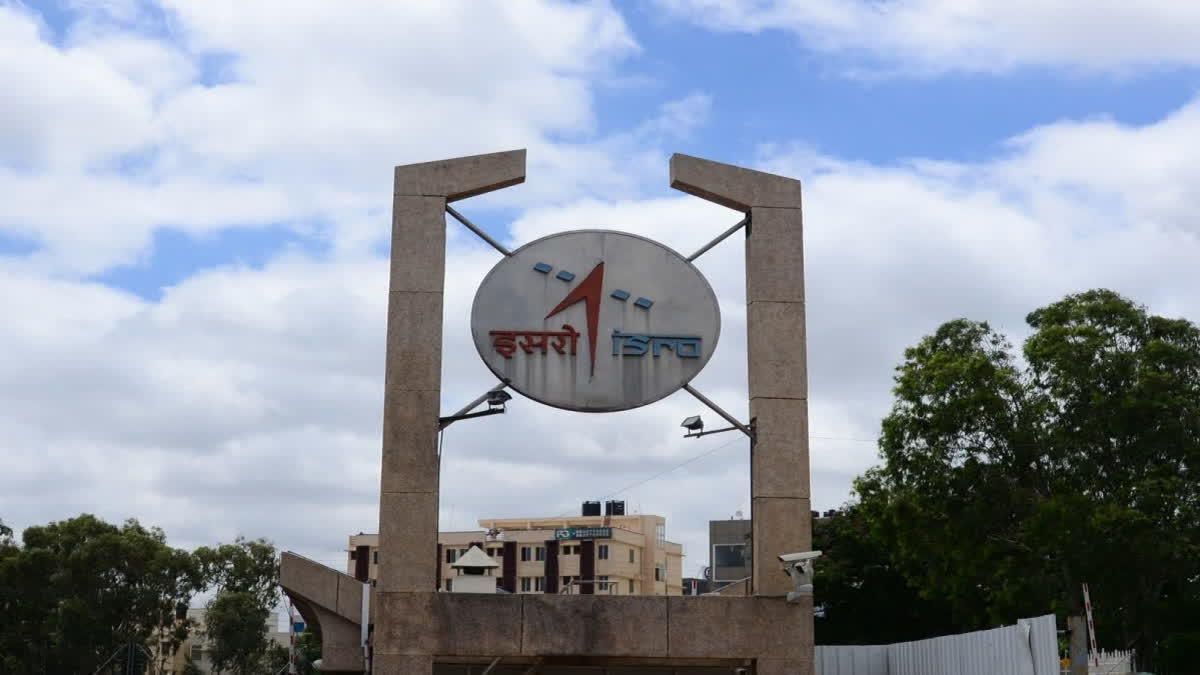Bengaluru: If things go as planned, the Indian Space Research Organisation would launch its ambitious Chandrayaan-3 mission aimed at demonstrating critical technologies to land the spacecraft on the south pole of the moon in less than two months. Chandrayaan-3 mission carries scientific instruments to study the thermo-physical properties of the lunar regolith, lunar seismicity, lunar surface plasma environment and elemental composition in the vicinity of the landing site.
"Chandrayaan-3 mission is scheduled in July second week," a senior official of the Bengaluru-headquartered national space agency under the Department of Space told PTI on Thursday.
While the scope of these scientific instruments on the lander and the rover would fit in the theme of 'Science of the Moon', another experimental instrument would study the spectro-polarimetric signatures of the Earth from the lunar orbit, which would fit in the theme of 'Science from the Moon', according to ISRO officials.
In March this year, Chandrayaan-3 spacecraft successfully completed the essential tests that validated its capability to withstand the harsh vibration and acoustic environment that the spacecraft would face during its launch. These tests were particularly challenging, considering the fact that the Chandrayaan-3 spacecraft, which would be launched by LVM3 (Launch Vehicle Mark-III) (earlier referred as GSLV Mk III) from SDSC SHAR, Sriharikota, is a composite of three modules -- propulsion, lander and rover.
"Chandrayaan-3 is a follow-on mission to Chandrayaan-2 to demonstrate end-to-end capability in safe landing and roving on the lunar surface. It consists of Lander and Rover configuration", an ISRO official said. The propulsion module, which has Spectro-polarimetry of Habitable Planet Earth (SHAPE) payload to study the spectral and Polari metric measurements of Earth from the lunar orbit, would carry the lander and rover configuration till 100 km lunar orbit.
Lander payloads are: 'Chandra's Surface Thermophysical Experiment' to measure the thermal conductivity and temperature; 'Instrument for Lunar Seismic Activity' for measuring the seismicity around the landing site; and 'Langmuir Probe' to estimate the plasma density and its variations. A passive Laser Retroreflector Array from the US space agency, National Aeronautics and Space Administration (NASA) is also accommodated for lunar laser ranging studies.
Rover payloads are: 'Alpha Particle X-ray Spectrometer' and 'Laser Induced Breakdown Spectroscopy' for deriving the elemental composition in the vicinity of the landing site. The Lander would have the capability to soft land at a specified lunar site and deploy the Rover which would carry out in-situ chemical analysis of the lunar surface during the course of its mobility.
The main function of the propulsion module is to carry the lander module from launch vehicle injection till final lunar 100 km circular polar orbit and separate it. Apart from this, the propulsion module also has one scientific payload as a value addition which would be operated post separation of the lander module, it was noted. (PTI)
(This story has not been edited by ETV Bharat and is auto-generated from a syndicated feed.)



